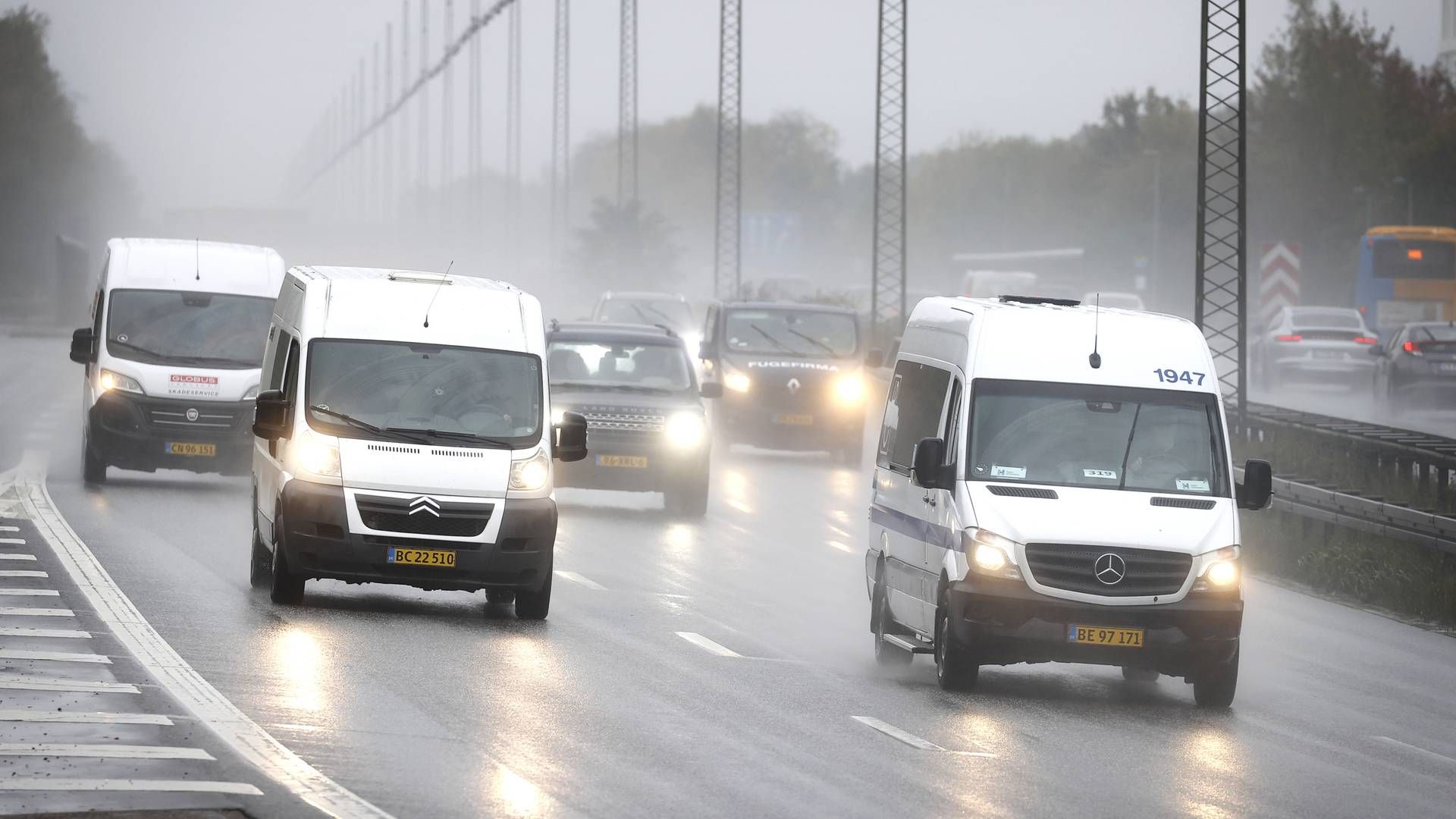IEA proposes car-free Sundays in response to oil deficit

When the oil crisis peaked in 1973, a number of countries introduced car-free Sunday with the goal of bringing down fuel consumption.
Now the International Energy Agency suggest reviving the efforts in light of falling oil supply in the global market as a result of Russia's invasion of Ukraine.
The IEA has presented a 10-point plan, which could, ideally speaking, bring down oil demand by 2.7 million barrels per day if the top industrial nations committed to it.
This corresponds to the daily oil consumption of the entire vehicle fleet in China.
"As a result of Russia's appalling aggression against Ukraine, the world may well be facing its biggest oil supply shock in decades, with huge implications for our economies and societies," say IEA Executive Director Fatih Birol.
On top of a driving ban on Sundays, the IEA suggests reducing speeds on highways by 10 km/h, work from home up to three days a week and making public transportation cheaper.
The 10 items are considered temporary measures aimed at cushioning the impact of falling oil supplies until individual nations make the transition to green energy.
The IEA further suggests the Organization of Petroleum Exporting Countries and allies in OPEC+ to increase current output and supply more oil to world market.
Stalled peace talks maintain oil price gains
IEA sees Russian oil output slumping by a quarter next month




















.jpg&w=384&q=75)




